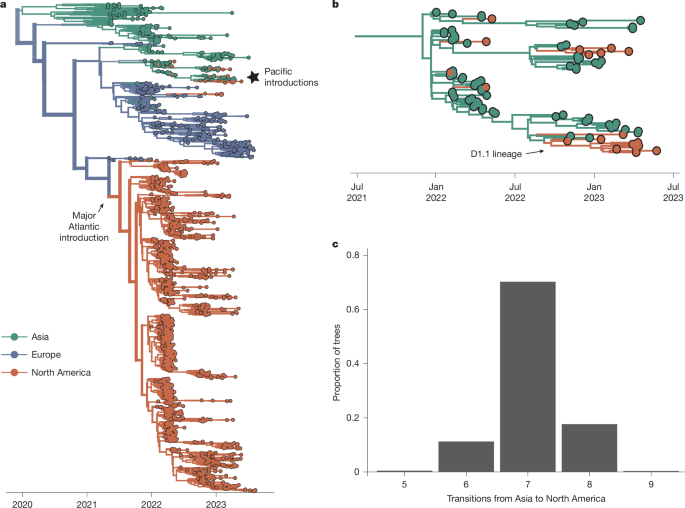The ceiling of the possible was never higher
What defines the current stage of electrification is the wide range of sectors and technologies now within its reach. Until recently, electrification was mainly limited to lighting and machine drives — which together make up only 14% of final energy demand.
Over the past two decades, major technical barriers to electrifying other sectors have steadily fallen. Early electric vehicles were hampered by short ranges and low torque, while heat pumps used to struggle in cold climates where heating demand is highest. These limitations have largely been resolved, as EV range and power have improved and a new generation of heat pumps can now operate effectively in colder conditions.
In the past decade, these technologies have also become cost-competitive. EVs now rival internal combustion vehicles in upfront price in many markets. Heat pumps are more efficient and offer meaningful savings, even in colder regions. Electric motors have become cheaper, more compact, and widely deployable.
As a result, two major sectors — road transport and low-temperature heating — are now open to electrification. Together, they account for almost 50% of global final energy demand. Just a decade or two ago, these sectors were considered out of reach. Today, they are the next frontier in electricity’s expansion.
.png)



